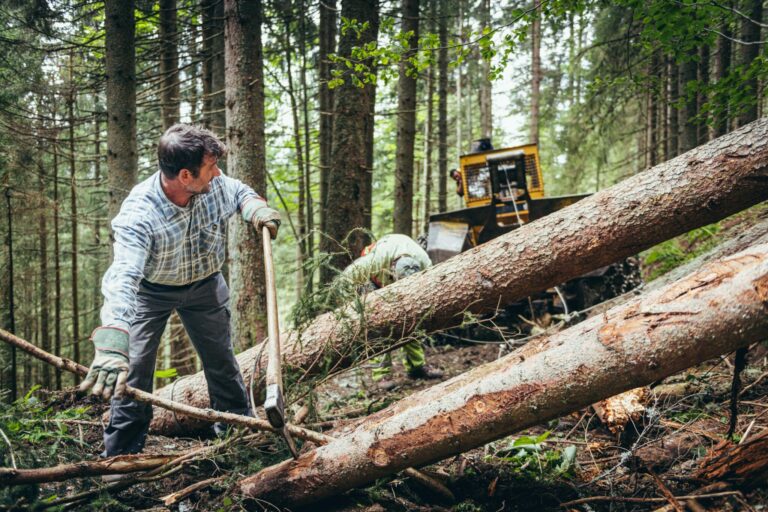Admont Abbey - agriculture and forestry through the ages
When Admont Abbey was founded 951 years ago, the economic basis for the establishment and development of the monastery was laid by the extensive endowment of estates and usage rights.

In the legal system of the Middle Ages, the lords of the manor (noble families and monasteries) had political leadership and jurisdiction and offered their subjects security and military protection. In return, they had to pay the landlord in kind in the form of food or provide labour and transport services for the cultivation of the land given to them. It was not until the social upheavals of the mid-19th century that the former subjects on the agricultural estates they inhabited became free farmers and no longer had to pay in kind. Today, the agricultural land and mountain pastures remaining in the ownership of the monastery are managed by farmers from the region on the basis of lease agreements and utilisation rights.
For centuries, the development and utilisation of the abbey's forests were linked to the development of mining and the processing of the ores and minerals extracted. The wood was primarily used as a source of energy for the processing of ores and the extraction of salt. It was only with the construction of the railways in the second half of the 19th century and the resulting ability to transport coal to the blast furnaces of the ironworks that wood lost its importance as an energy source for industry. The railway also made it possible to transport wood over longer distances.
With the reconstruction after the Second World War, the use of wood for the production of sawn timber and the manufacture of paper and cardboard gained unprecedented importance. The use of machines revolutionised timber harvesting. The intensive development of forest areas over the last 70 years with forest roads that could be used by lorries finally made it possible to switch from large-scale clear-cutting to more natural, small-scale use and natural regeneration of forest stands. In the feudalistic system, hunting was reserved for a privileged upper class, but like fishing, it also served to provide food. In the second half of the 20th century, its importance as a source of food declined and the emotional value of the hunting experience came to the fore. At present, hunting in the monastery estate is developing in the direction of ecologically sustainable wildlife management with the aim of achieving game populations that are adapted to the carrying capacity of the ecosystem.
The abbey's forestry operations currently produce around 85,000 cubic metres of wood annually in an ecologically and economically sustainable manner as a raw material for the regional sawmill, paper and pulp industry. The challenge of the coming decades, especially in view of man-made climate change, is to organise the forest stands in such a way that the sustainable provision of the versatile biogenic raw material wood and numerous other services from the forests of Admont Abbey, which are important for people, is secured for the future.






















